The best soil
×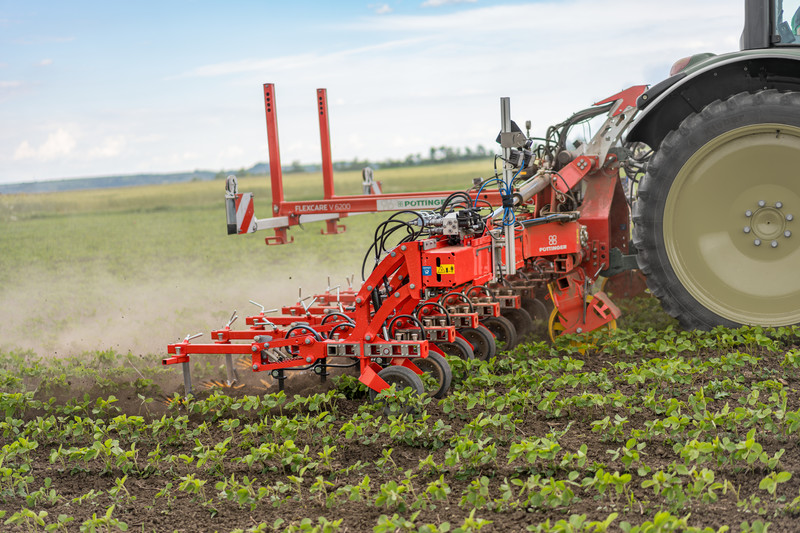
Welcome to sustainability
PÖTTINGER crop care machines are the perfect partners for sustainable and resource-conserving farming.
Successful crop care, starting with precision sowing (e.g. exact placement of the seed) and continuing with plant specific crop care measures, ensures the crop maintains its growth advantage over weeds until it is time for harvest.
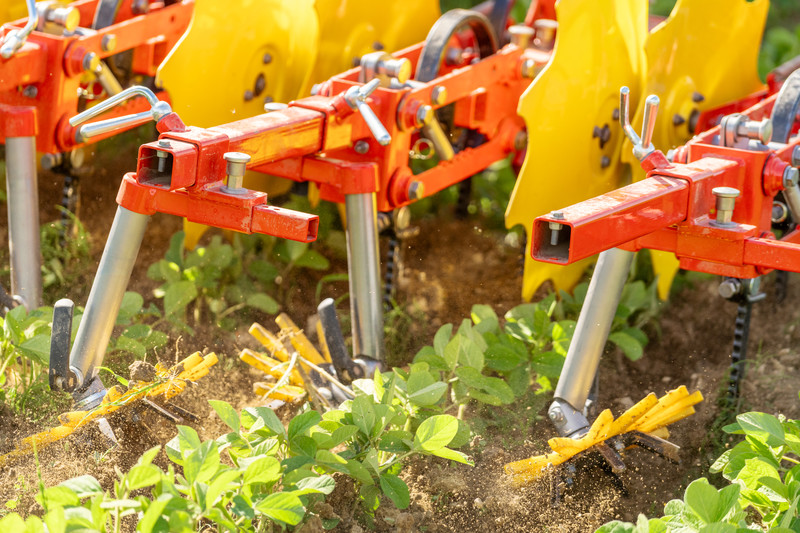
Factors for successful mechanical crop care
Various factors influence the success of mechanical crop care with the aim of optimising the growth of the crop.
In addition to crop-specific characteristics, such as changes in sensitivity at different stages of growth, other factors include the effect and density of weeds. The soil conditions in the field and the weather conditions throughout the planting season are decisive and have a major influence on the success of the crop.
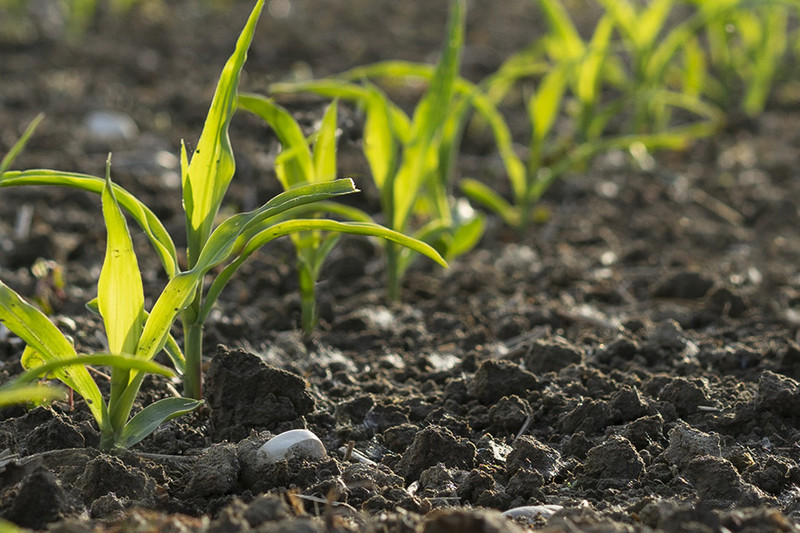
The crop care and sowing factors
The development of the crop plants plays a key role in the success of crop care. The aim is to give the crop a growth advantage over the weeds in order to minimise the potential damage caused by the weeds.
Decisive factors for the success of well-developed crops include achieving the optimum sowing time, seed quality and seedbed preparation. Also, the precision of the chosen sowing method is also decisive for the rapid, uniform development of the young crop plants.
The sowing process lays the foundation for the success of the crop care measures. Parameters here are precision planting or drilling, choosing the right row spacing, and also exact placement interval and depth in the seed slot.
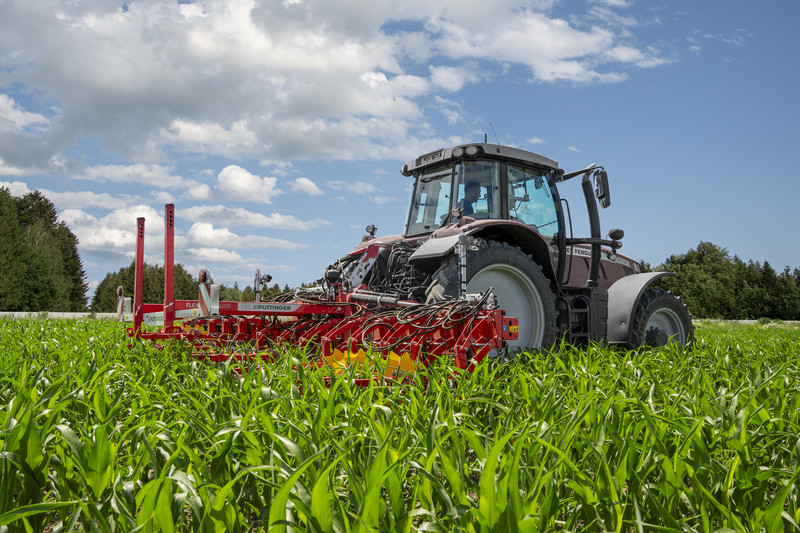
The soil factor
Mechanical crop care machines need to be set up to perfectly match the site-specific conditions.
The soil conditions include soil type, soil state and soil moisture. The timing and intensity of the chosen mechanical crop care measures are then determined accordingly. The quantity of stones in the soil, mulch layer and previous tillage determine the choice and setting of crop care tools.
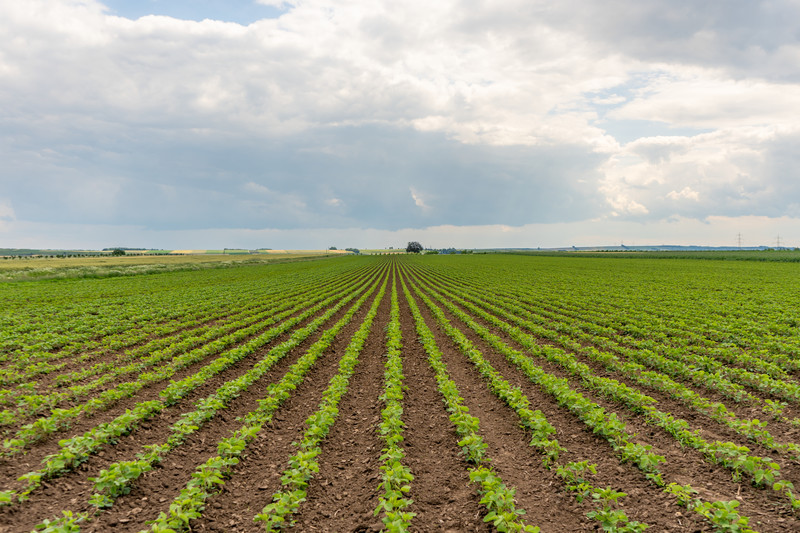
The weather factor
Timing crop care to coincide with optimum weather conditions can have a very positive influence. In addition to the air temperature, sunny periods and dry conditions are best. This makes it more difficult for weeds that have been uprooted or cut off to regrow, because they wilt quickly on the soil surface when exposed to sunlight.
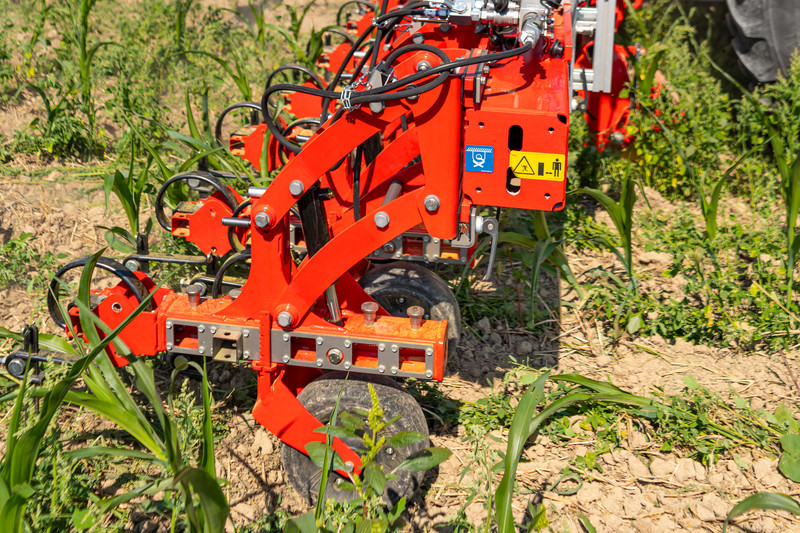
The weeds factor
The composition of the different weeds growing next to the crop plants is crucial for choosing the right crop care strategy.
Seed weeds reproduce generatively by scattering their seeds. In order to minimise competition with the crop plant, seed weeds are best controlled when the cotyledons emerge by covering them with soil or uprooting them.
Root weeds, on the other hand, primarily reproduce vegetatively by resprouting. Reliable control can only be achieved by cutting off the newly sprouted plants.
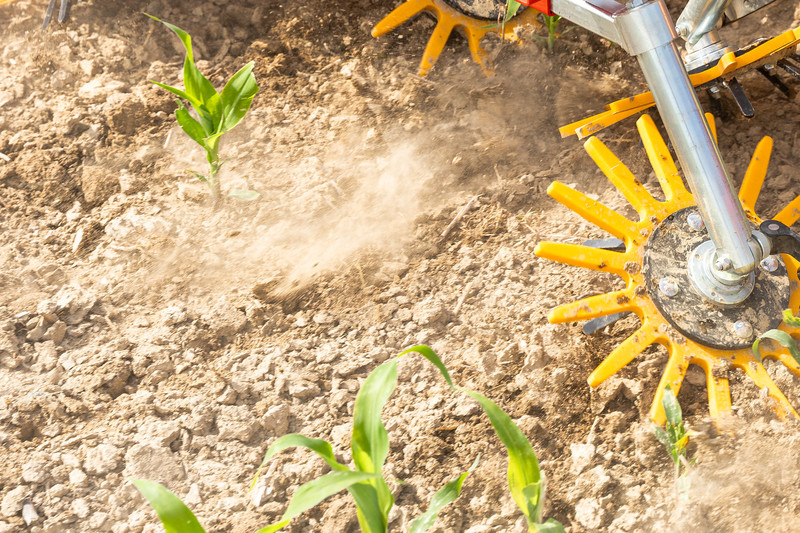
The equipment factor
PÖTTINGER crop care machines feature a wide range of settings so that they are prepared to handle the whole spectrum of conditions in the field.
When hoeing row crops, it is important to slice through the soil surface as shallowly and completely as possible. Reliable weed control and simultaneous protection of plant roots and capillary water reserves are the result of using equipment that has been set up correctly.
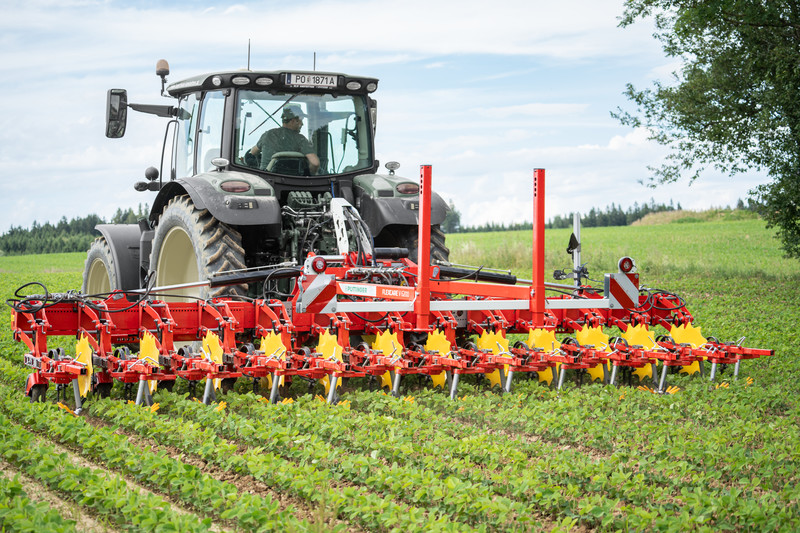
Working methods of mechanical weed control
The results achieved by mechanical crop care machines are due primarily to a combination of three working methods. The combination and effectiveness of the methods varies depending on the way the machine is set up and the operating conditions:
Cutting: The leaves are completely separated from the root system. The plant stops growing as a result. The root system perishes and the leaves dry out.
Burying / uprooting: Photosynthesis and nutrient uptake are stopped so that the weeds die.
Breaking up incrustations: The oscillating movement of the weeding tools effectively breaks up incrustations. The exchange of water and gases between the soil and the ambient atmosphere is promoted so that the crop is vitalised.